The most surprising, even astonishing, thing about the collapse of President Bashar al-Assad's regime in Syria is that it all happened in just 11 days.
 |
| Rebel leader Abu Mohammad al-Jolani speaks to supporters in Damascus. (Source: Getty Images) |
What led to this earthquake in the Middle East? The story began on November 27, when the Hayat Tahrir al-Sham forces led by Abu Mohammad al-Jolani began their offensive from Idlib province. By December 8, they had captured the capital Damascus. President Bashar al-Assad fled and announced the transfer of power to the Hayat Tahrir al-Sham forces. A political commentator for Kazakhstan's international media outlet Kazinform offered some insights into why a hardline regime headed by a very decisive leader collapsed so quickly.
Rapid collapse
Clearly, the collapse of a regime that has endured the entire Syrian civil war since 2011 cannot but come as a surprise. Moreover, this happened even before President Bashar al-Assad began to receive the broadest support from Iran and Russia from the mid-2010s. So the key question that has everyone worried now is: What happened in just 11 days? Why did a hard-line regime headed by a very determined leader collapse so quickly?
There are many reasons for this, one of which may be a conspiracy theory. First of all, Russia is in a conflict with Ukraine and therefore cannot provide military support to the Syrian government. It is worth noting that due to the impact of the conflict in Ukraine, Turkey had to close the Bosphorus and Dardanelles straits to Russian military ships. Accordingly, even if Moscow decided to send some troops to Syria, it would not be successful. In the second half of the 2010s, landing ships played an important role in supplying goods to Syria. But after February 2022, they were blocked in the Black Sea.
The second major event was the virtual defeat of Hezbollah in Lebanon in its confrontation with Israel. The Lebanese Shiite movement has been the most important factor supporting Assad’s army throughout the war in Syria. Although it seems that the signing of the peace agreement between Lebanon, Israel and Hezbollah on November 26 should have freed a significant number of fighters from the organization.
Theoretically, they could have been used to protect President Assad. But that has not happened. Of course, the deaths of many key Hezbollah leaders, including leader Hassan Nasrallah, played a role. In addition, hundreds of mid-level commanders were killed and wounded in Israel’s recent campaign of pager bombings.
However, the main reason for Hezbollah's passivity is most likely due to serious changes in Iran's policy. Tehran has effectively abandoned its previous plans regarding Israel when it stopped supporting Hezbollah and, to some extent, the Palestinians from Hamas.
All of these organizations are pro-Iranian proxy groups, along with Shiite organizations in Iraq and Yemen, and are part of the “Axis of Resistance”. In recent years, Iran has been actively supporting them with both money and weapons. All of this is aimed at fighting Israel, carried out by the Al-Quds Force (Jerusalem) unit of the Islamic Revolutionary Guard Corps.
But in the end the order was not given. In turn, the point of pursuing the previous policy was objectively lost. As a result, Iran no longer needed to spend money and resources on all its proxy groups, at least on the scale it had before. It is clear that even Hezbollah would struggle without Iranian money. Its influence among the Lebanese Shiite community is based on positive social policies financed by Iran.
![People celebrate in Umayyad Square in Damascus on December 8, 2024 [Louai Beshara/AFP] Người dân ăn mừng tại Quảng trường Umayyad ở Damascus vào ngày 8 tháng 12 năm 2024 [Louai Beshara/AFP]](https://vstatic.vietnam.vn/vietnam/resource/IMAGE/2025/1/20/00f9860f4c014b1bba48d2fd63fe5dc2) |
| People celebrate at Umayyad Square in the capital Damascus on December 8. (Source: AFP) |
The deciding factor
In fact, it is very likely that money, or rather the lack of it, has been the key factor in the collapse of President Assad’s regime. He needs to maintain a large army to cover all potential fronts of this war. He needs to ensure a military presence in many strongholds, as well as maintain a powerful repressive apparatus. In addition, he needs to support his supporters by providing them with government positions and welfare payments.
At the same time, Assad has lost the oil-rich provinces beyond the Euphrates, nearly 7 million people have become refugees, and the economy has been destroyed in the civil war. As a result, Assad is financially dependent on Iran and Russia. Tehran and Moscow are also struggling financially and cannot provide the same amount of support to Assad. Moreover, Iran sees no point in giving Assad a lot of money when he is maneuvering and trying not to get involved in a confrontation with Israel.
As a result, the massive commitments have weakened Assad’s capabilities. The army now consists of conscripts who receive $15 a month. But most importantly, the army lacks motivation. When the offensive began on November 27 from Idlib province, the defenses began to disintegrate. Türkiye’s support for the advancement of the most important component of modern warfare – drones – also played a role. Theoretically, only Ankara could supply such weapons to the rebels.
At the same time, other anti-Assad forces became more active. Kurds attacked cities in the east, Druze and local militias occupied provinces in the south, and Arab tribes emerged from the Syrian desert. Assad simply did not have enough specially trained and mobilized troops for all these areas.
Of course, the question remains to what extent everything was coordinated. At the very least, the conclusion suggests that the entire attack was intended to take advantage of the remaining time before the inauguration of President-elect Donald Trump, while the Americans were not yet ready to take active action. Although Saudi media reported that US aircraft were allegedly bombing Iraqi Shiites who had come to the aid of President Assad’s regime.
Although Tehran has declared its support for President Assad's government and said it is considering the possibility of military assistance. Although, most likely, this is done in order, relatively speaking, not to lose face.
In this context, it is worth noting the statement on December 7 in Qatar by representatives of the three countries - the guarantors of the Astana format, Iran, Russia and Türkiye, with the participation of five other Arab countries - Egypt, Jordan, Iraq, Qatar and Saudi Arabia. They said that all sides must try to find a political solution to the crisis. Such a statement can be interpreted in many different ways, but the participants clearly agreed on their position on Syria after Assad, because on December 7 they probably knew exactly how things would end in Damascus.
The important question now is what will happen in Syria when the main attacker is Hayat Tahrir al-Sham, which the US considers “terrorists”. Can we talk about history repeating itself with the Taliban in Afghanistan or can outside powers, especially neighboring countries, avoid such an undesirable scenario?
Source: https://baoquocte.vn/lieu-syria-co-lap-lai-lich-su-cua-afghanistan-296800.html



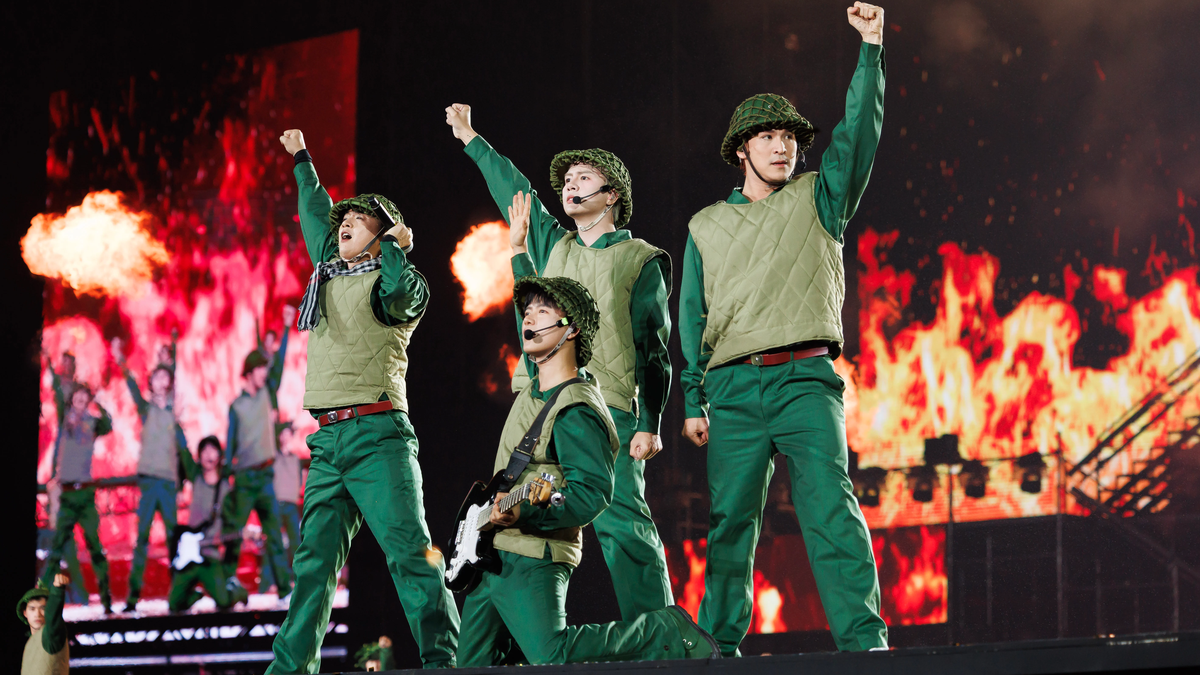




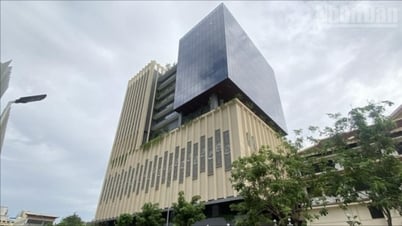


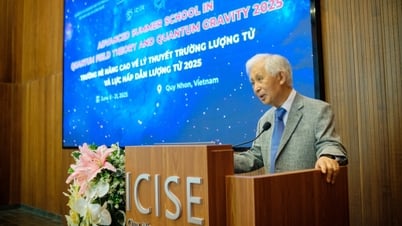
















































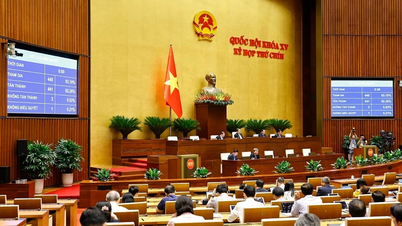







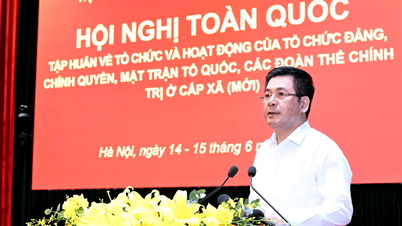






























Comment (0)